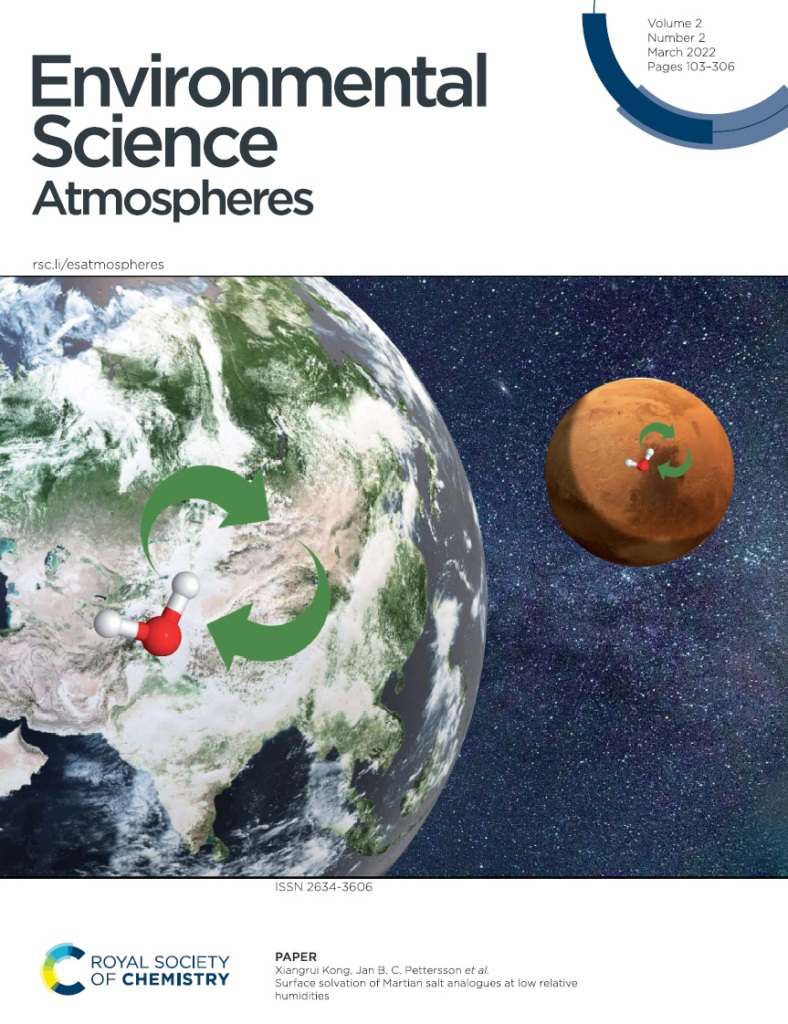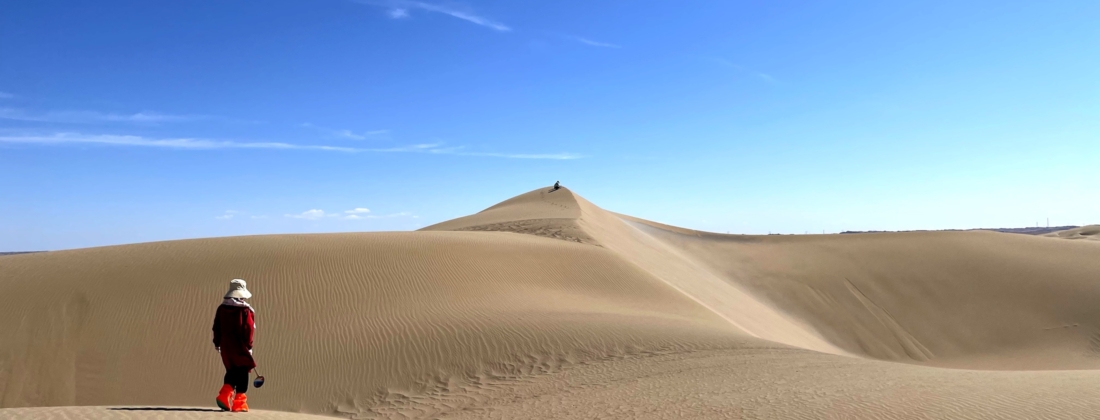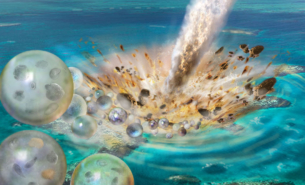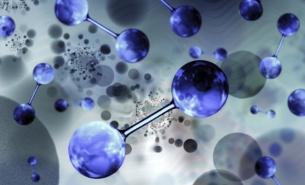How does one learn more about the characteristics of the Martian atmospheric chemistry and climate system while seated 56 million plus kilometres away? Using MAX IV’s HIPPIE beamline, an international research group studied the surface solvation of salts from Earth’s Qaidam Basin, which bear close resemblance to Martian salts and how these influence the respective planet’s surface. The work also establishes the feasibility of the APXPS technique for future studies with Martian salts.
Salts present in lakes and playas of the Qaidam Basin in China are considered closely related to Martian salts for several reasons, according to previous investigations. The salt analogues are similar in mineral composition—rich in sulfates, chlorides, and carbonates. Despite the hyper arid conditions, water vapor and hydrated salts have been found on Mars. Topographic changes due to hydrated salts are prevalent on Earth and recently discovered on the red planet. Scientists have also identified a seasonal salty water flow, termed a recurring slope lineae (RSL). The RSL, in connection with hydrated salts, supports the theory of possible liquid water on Mars.
The research, led by the University of Gothenburg in Sweden, sought to characterise salt crusts, lakebed salts, and brines from two saline lakes in the Qaidam Basin. Sample surface chemistry was measured with ion chromatography, and ambient pressure X-ray photoelectron spectroscopy (APXPS) at MAX IV’s HIPPIE beamline. At HIPPIE, water vapor was introduced, and conditions were controlled with varying relative humidity, vapor pressure and temperature. Experiments were carried out remotely due to the pandemic.

“The surfaces of the Martian salt analogue are more sensitive than what we expected, as the ions are fully solvated at very low relative humidity. This means that such salt mixtures are never literally dry on Earth or Mars,” explained Xiangrui Kong, study author and researcher at the University of Gothenburg. The new knowledge of surface properties represents an opportunity to fill in gaps in understanding of heterogeneous processes and chemistry of salt aerosol particles, and possibly, the RSL mechanism on Mars.
Salt’s impact on climate
Salt aerosol and cloud formations have a major influence on Earth’s atmospheric chemistry and climate processes and have consequences for human health. Mixtures of salt and dust particles can travel long distances on the wind. This is a significant factor for haze formation. In the presence of chloride, clouds may instead change to atmospheric reactive chlorin causing tropospheric ozone formation.
“The chemistry differs dramatically on solid surfaces and solvated surfaces, which will result in varied gas formation and secondary aerosol formation that directly influence the air quality and climate. Thus, a better understanding of the detailed surface environment on natural salts will help us to reduce the uncertainty of climate models,” said Kong.
The surface solvation on Mars is possibly sustained because enough relative humidity and water vapor are present. The existence of vapor is evident in the RSL and the noctilucent clouds on Mars for example, explained Kong.
In essence, comparing what we know of Earth salts with the recent discoveries of surface chemistry of Martian salts furthers our understanding of the salt-vapor interaction—a phenomenon important in both planetary climate systems.
The current study follows the team’s recent work to characterize chemical properties of surface salts from the Qaidam Basin, and their 2021 discovery of a surface-catalysis mechanism on the solvating surface of an inorganic salt.
The group plans to continue investigations with a deep dive into the surface-catalyzed redox mechanism of natural salts. The new work holds potentially to elucidate some of the chemical compositions found on Mars.




